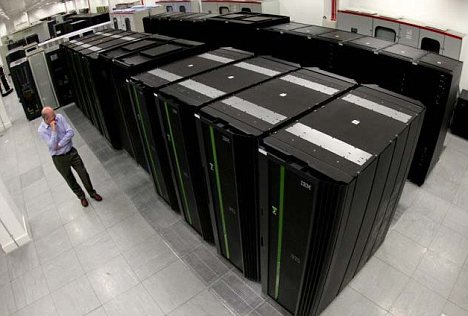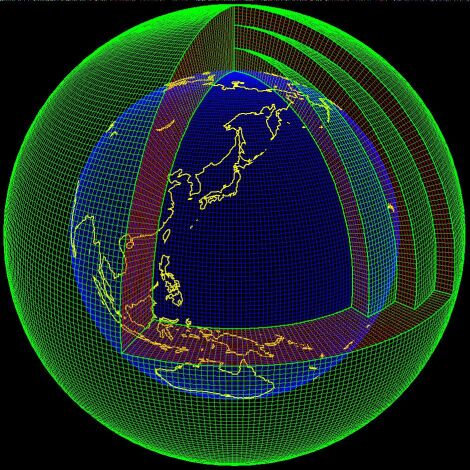
-- Primitive Equations
-- Weather can be predicted through computation
-- Graphic Calculus
-- First attempt at Numerical Weather Prediction (1922)
-- Technique: division of space into grid cells
-- Technique: apply finite differencing to differential equations
-- Envisioned a Forecast Factory: 64,000 people (computers) performing calculations
-- used ENIAC for NWP
-- Barotropic models
-- Rossby and Swedish Institute of Meteorology, 1954
-- US 1955
-- (link to: History of NWP)
-- Horizontal Equations of Motion (Newton's 2nd Law)
-- Hydrostatic Equation (Vertical Stability)
-- Thermodynamic Equation (1st law of Thermodynamics)
-- Continuity Equation (Conservation of Mass)
-- Equation of State (Ideal gas properties)
-- Water Vapor Equation
-- Basic Variables: u,v,w,T,moisture
-- (link to: Primitive Equations)
-- Barotropic
-- Quasi-Geostrophic
-- Finite Differencing (Resolution: grid spacing)
-- ... and/or Spectral (Resolution: number of coefficients)
-- Start with an initial condition
-- Step forward in time (time step)
-- Time step must be short enough for numerical stability (resolution dependent)
-- (show grads cdiff)

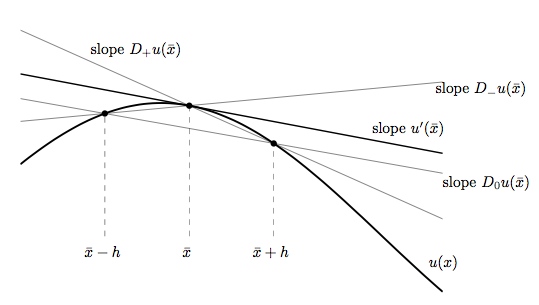
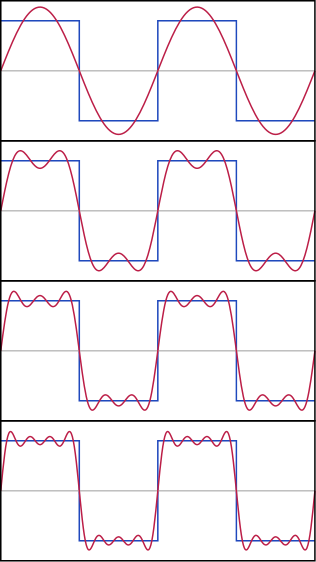
-- 1950s technique: Cressman Analysis
-- Today: 4D data assimilation (GDAS)
-- Iterative technique to get grid values from station data
-- Start with constant grid field
-- Interpolate from grid to the stations
-- Get Error: Interpolation from grid vs. actual station value
-- Apply error correction to grid values based on distance, weights, etc.
-- Repeat until error is sufficiently small
-- Hourly surface analyses on wx.gmu.edu obtained this way
-- Start with a short range forecast - "first guess"
-- Make corrections to the forecast fields to fit observations - "nudging"
-- Weed out bad data
-- Preserve interrelated physical, dynamical, and numerical consistency
-- Interpolate the data to the model grid for model initialization
-- (link: Data Assimilation)
-- Handle sub-grid-scale processes
-- Estimate effects of sub-grid-scale processes that cannot be directly simulated
-- Used due to lack of sufficient computing power for direct simulation
-- (link: Parameterization)

-- Land Surface
-- Cloud midro-physics
-- Turbulent Diffusion
-- Interaction with Surface
-- Orographic Drag
-- Radiative Transfer
-- Initialization
-- Parameterization
-- Numerical approximation and truncation
-- Equation assumptions and simplifications
-- Software bugs
-- "Chaos"
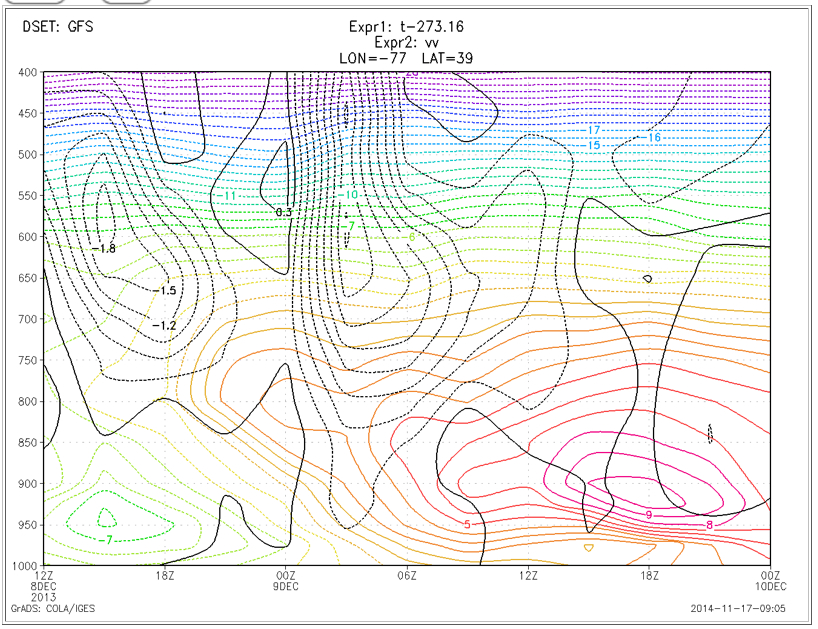
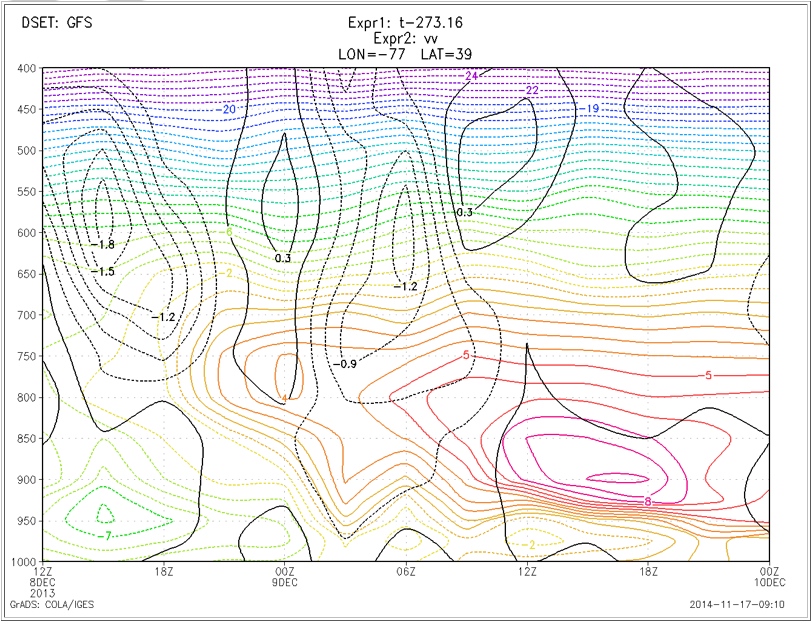
-- Faster Computers allow more complex models
-- Higher Resolution
-- Better Initialization
-- Improved numerical techniques
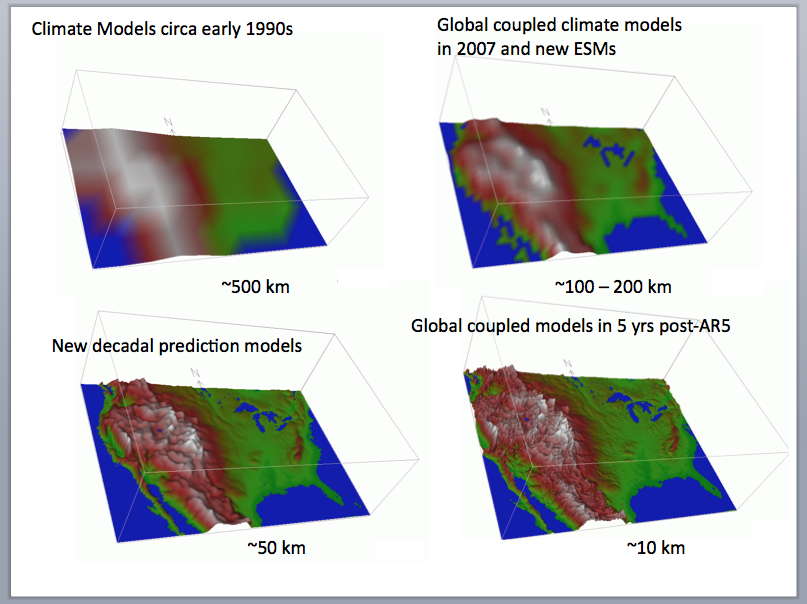
-- (link: EMC Home Page)
-- (link: MRF Model Stats)
-- Other models
-- Inputs are model variables, recent obs, climatology
-- Multiple linear regression to get forecast surface variables
-- (link: Model Output Statistics)
-- (link: MOS Products)
-- MRF: T574 (~27km), 64 Levels, time step ~2 minutes
-- We get MRF data on 0.5 degree grid
-- (link: New NWS computer)
-- (link: New MRF coming soon)
-- (link: A call for better forecasts)

